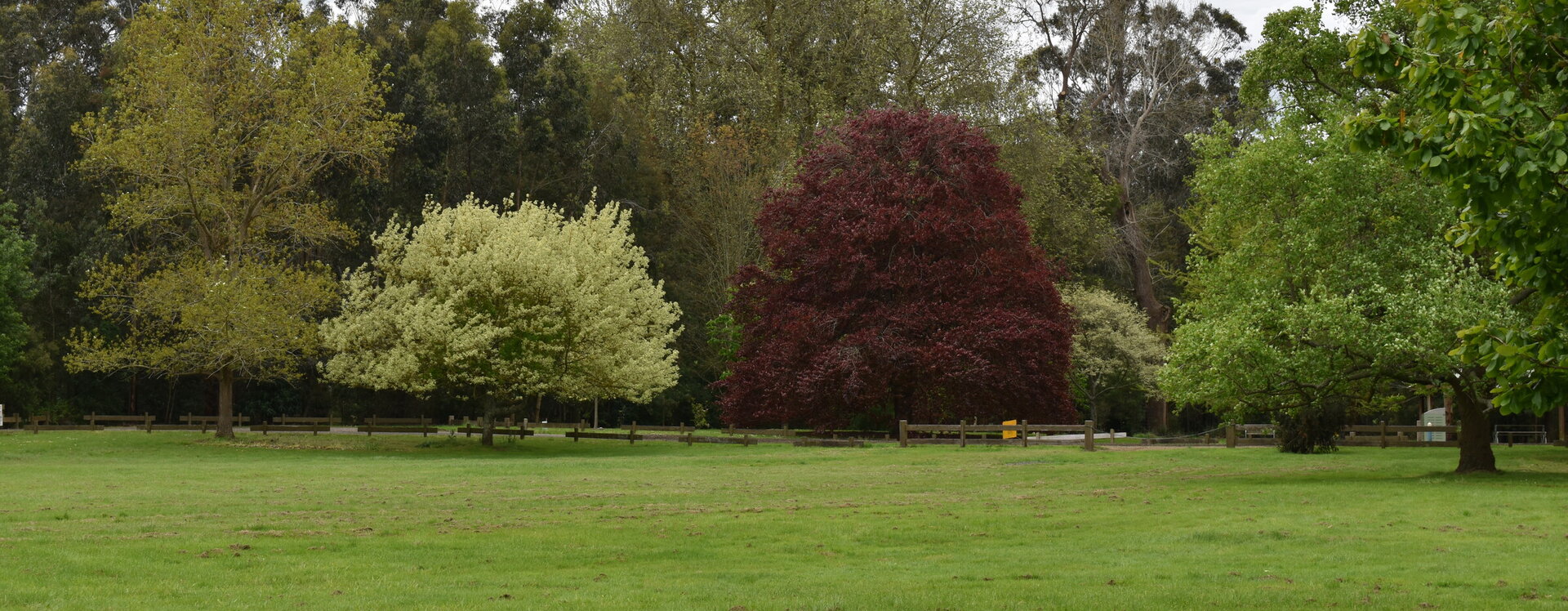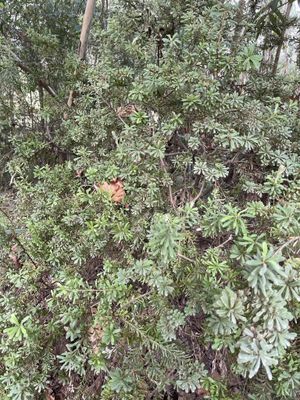
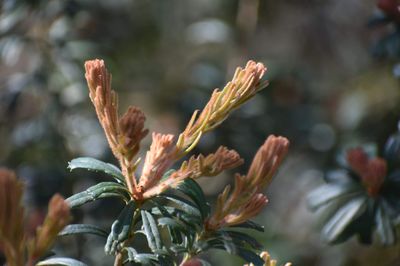

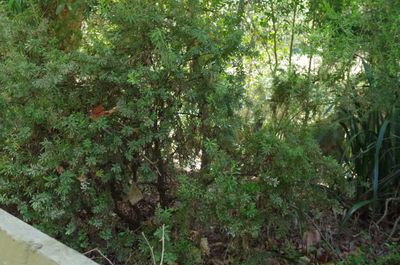
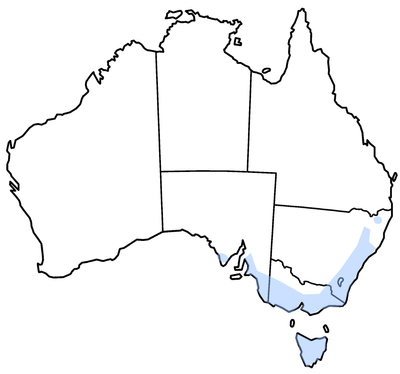
Banksia marginata
Banksia
Banksia marginata, commonly known as the silver banksia, is a highly variable species, usually ranging from a small shrub around a metre tall to a 12m or higher tree. The bark is pale grey and initially smooth before becoming finely tessellated with age. The new branchlets are hairy at first but lose their hairs as they mature, with new growth a pale or pinkish brown. The leaves are alternately arranged on the stems on 2–5 mm long petioles, and characteristically toothed in juvenile or younger leaves 3–7 cm long. The narrow adult leaves are dull green in colour and generally linear, oblong or wedge-shaped and measure 1.5–6 cm and 0.3–1.3 cm wide. The margins become entire with age. The leaf undersurface is white with a prominent midrib covered in brownish hairs, giving the plant its common name. The complex flower spikes appear generally from late summer to early winter. Cylindrical in shape, 5–10 cm tall and 4–6 cm wide. Pale yellow in colour, they are composed of up to 1,000 individual flowers and the opening of the individual buds proceeds up the flower spike from the base to the top. Over time the flower spikes fade to brown and then grey, and the old flowers generally persist on the cone. The woody follicles grow in the six months after flowering. Each follicle contains one or two fertile seeds, between which lies a woody dark brown separator of similar shape to the seeds. The seeds are 0.5–0.8 cm long by 0.3–0.4 cm wide. The seed surface can be smooth or covered in tiny ridges, and often glistens.
Significance to the Ganai community.
Banksias were known as Birrna, and the nectar from the flowers was collected. The dry cones were used for straining.
186.00 Location C10 Latitude: -38.4022310000000 Longitude: 146.055442000000
